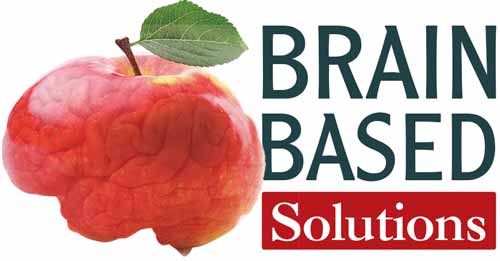LTP was discovered by Swedish neuroscientists in 1947. It rocked the neuroscience world – a huge discovery.
They were quick to see the importance of their finding for education – calling it THE MOST SIGNIFICANT advantage for teachers and education ever – very exciting!
In fact, 30 years later there was a posh congratulatory celebration gathering of international neuroscientists at the Royal Society in London where they reaffirmed the MOST IMPORTANT FINDING FOR EDUCATORS ever. I wasn’t invited. You probably weren’t at it either. In fact no teachers were in that prestigious meeting in London’s Royal Hall.
If it was that exciting, why didn’t it end up in my school in 1950 or mine in 1960 or mine in 1970 or mine in 1980 or mine in 1990 or mine in 2000 or mine in 2010. Why did it take until 2020 to arrive in our schools?
Sad to say, like many things neuroscientific – LTP was written in exclusionary scientific language and published in peer-reviewed academic journals that were limited to a readership of a few interested neuroscientists.
So while they all celebrated and wondered amazed at the mystique of the discovery, it never left the hallowed, ivied towers of academe. Even if one of these obscure journals managed to find its way into the teacher’s faculty room, it remained difficult to decode and impossible to decipher without the years and years of academic training in restricted mouse and rabbit labs that is compulsory for this kind of writing and laboratory experimentation.
Neuroscience is complex and not easily accessible.
So what is LTP and what does it do?
LTP is situated at the seat of learning – the synapse. The synapse is the space between two neurons where electrochemical activation facilitates information transmission from one neuron to the next. A thought, a smile, a word, a head scratch might be the result.
So what if you could increase the activation at the synapse? What if you could do something simple (in your home or in a classroom for children) that would quadruple the learning moment? Wouldn’t that qualify as the most exciting neural education discovery of all time? Indeed!
What these neuroscientists discovered with anesthetized rabbits was that a tetanus of excitatory action potentials would cause pre-and postsynaptic activation that increased the number of neurotransmitters and processing power in the learning space. Wow! Teachers and parents would love that. Right!
In schools across Washington State (where Neural Ed teachers are busy having fun in classrooms) teachers are intentional about including these excitatory tetanus events so that children are better able to focus, better able to remember, better able to learn and learn with deep understanding.

